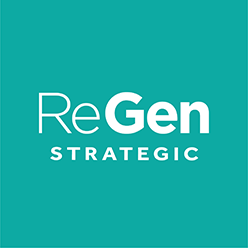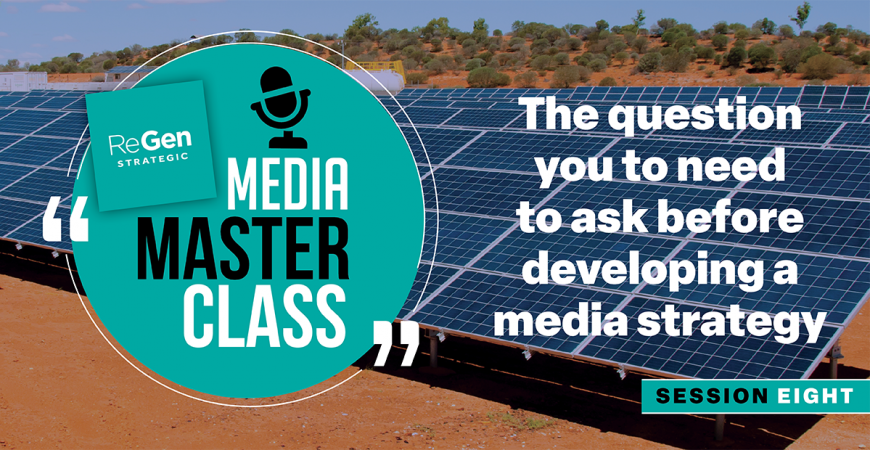There’s no shortage of reasons to engage with the media, but to do so effectively, organisations first need to ask themselves a simple question to understand their media objectives: what would you like to achieve with your media coverage? In other words, what is your ‘Why’?
Working with clients to define their Why is the first step in developing a comprehensive media strategy and one of the areas we cover in our bespoke media training sessions.
The answers will dictate how the rest of the media relations strategy development process plays out.
Media coverage just for the sake of media coverage isn’t enough – earning media attention can involve a great deal of effort, so establishing clear media objectives before commencing any media activity sets you up for the best use of your resources.
So, what are some of the primary media objectives organisations might have?
Raising your company’s profile
This is the number one reason our clients have for wanting to engage with the media. For organisations in the sustainability and ESG space, particularly those seeking to develop innovative projects, the media can be a powerful and influential tool to raise the company or project’s profile and build greater influence. Where the proponents are trying to sell their vision of the future in a space that might not be widely understood, it’s important to have concrete, easily understood statistics that demonstrate the potential benefits and key messages that can explain the project to a wide range of stakeholders without requiring any technical expertise.
Raising awareness
Particularly in the case of advocacy campaigns, the objective with media coverage might be to raise awareness of an issue to inform and educate the public. In this situation, it’s critical to have visuals that can reinforce the story you’re telling and demonstrate impact on a different level. An environmental group trying to draw attention to the damaging effect of marine debris on our oceans will more effectively cut through with images of dolphins and turtles struggling to free themselves from a discarded fishing net to accompany any statistics alone.
Building public support
For many organisations, particularly in the union or non-profit space, they need public support to further their cause. To do so, it’s important to find the right case study. Showing the impact of a policy on an individual or family can make it easier for people to contextualise the problem and be more memorable than statistics alone.
The above are all examples of primary media objectives, but you need to go deeper to unearth your company’s Why. For example, raising your company’s profile is great, but what are you going to do with this new level of visibility?
For most companies, the answer will be that they want to influence or change behaviour. This could include the behaviour or actions of the broader public, customers, members, shareholders or, ultimately, government or other decision makers.
For example, if you are a not-for-profit health organisation, once you’ve raised awareness of a serious health threat, you then want people to change their behaviour to avoid this health issue happening to them. The ultimate objective may be to save lives.
In the case of the green industry, companies may need to educate and inform shareholders and the wider public on the merits of their new technology and the positive environmental impact it will have. Once the public and shareholders are in support, the company may be able to use this support to influence government policy to cut red tape.
These are just some examples of possible media objectives and how these might be achieved differently.
For help with setting objectives, developing a media relations strategy or receiving media training, please contact us.
 ReGen Strategic
ReGen Strategic